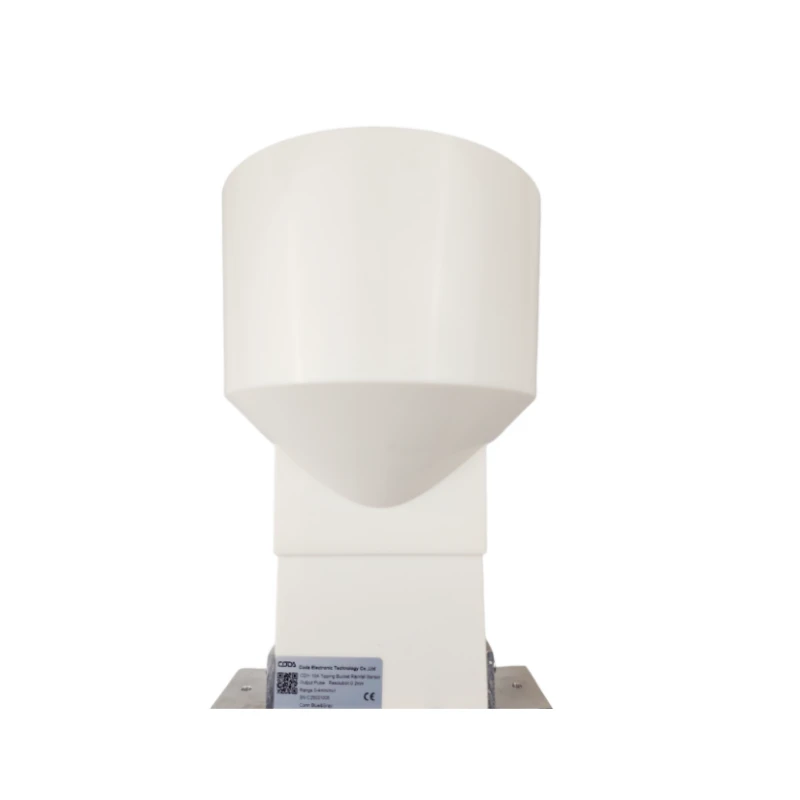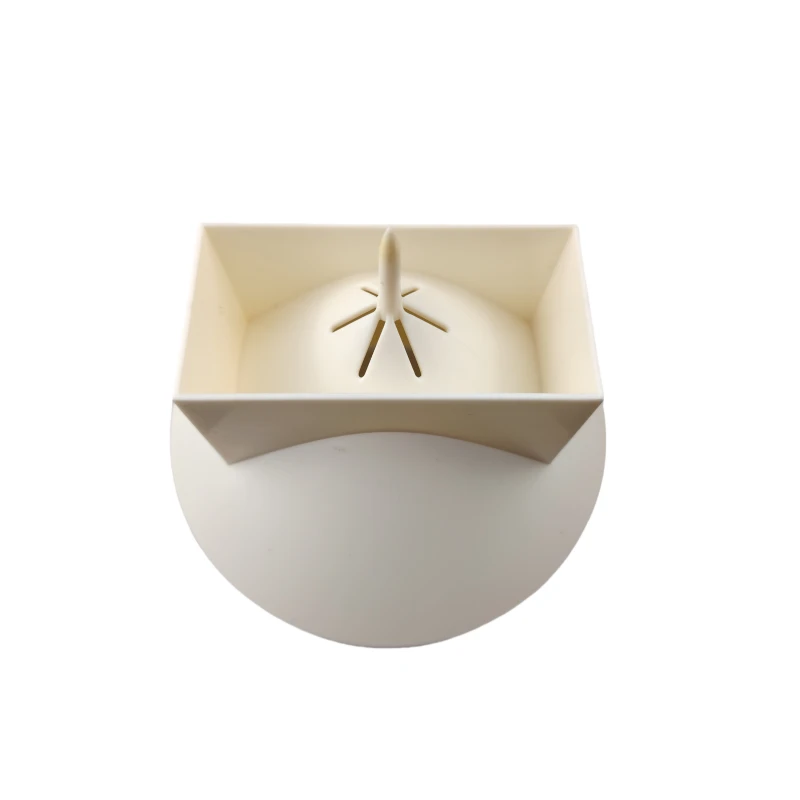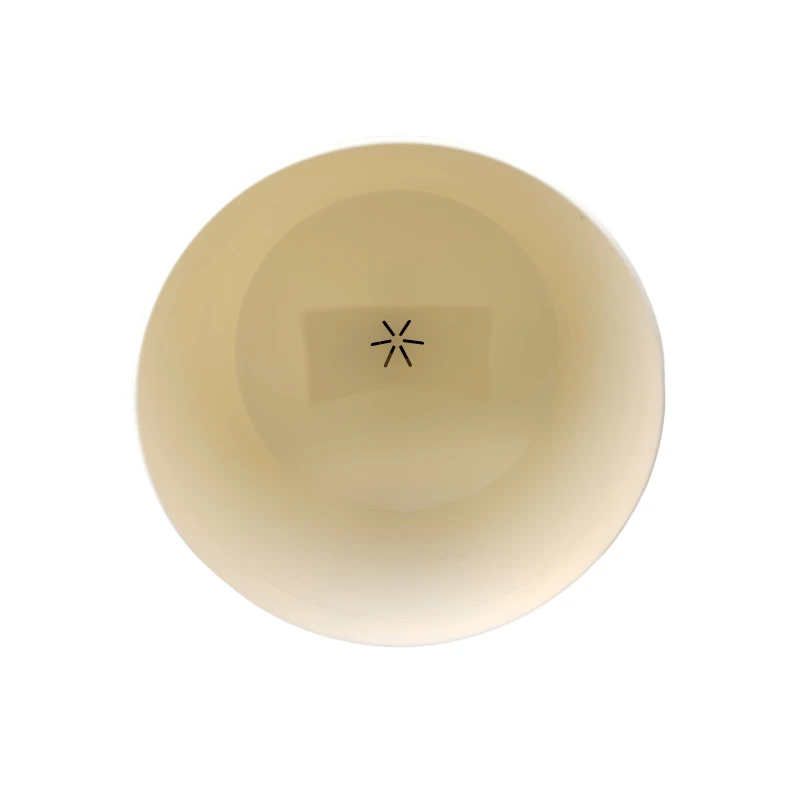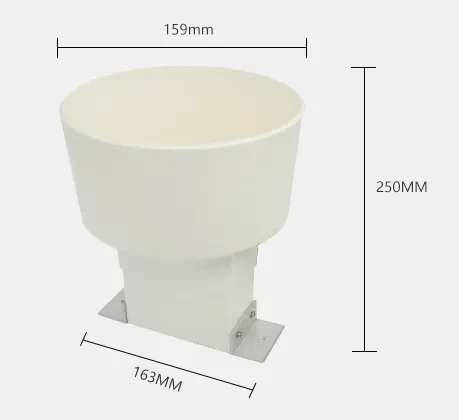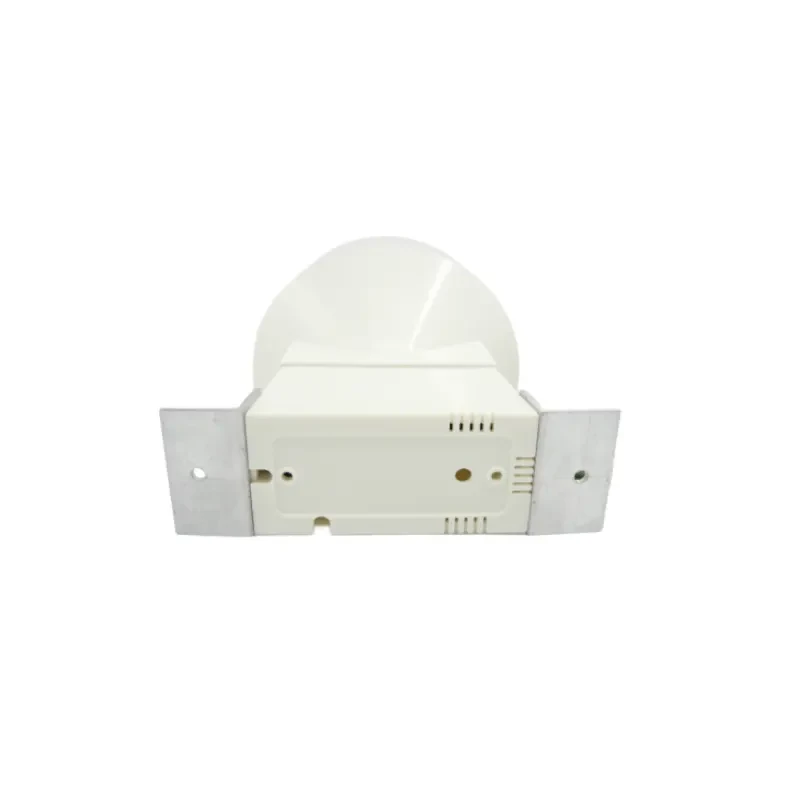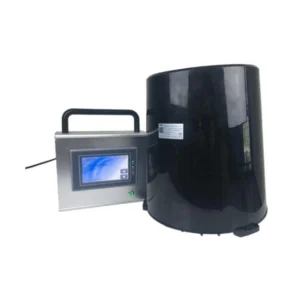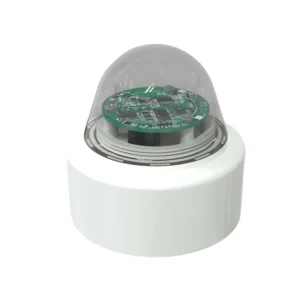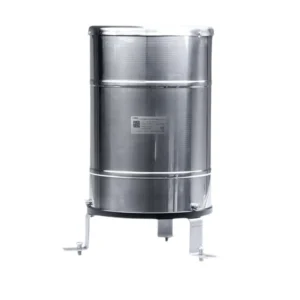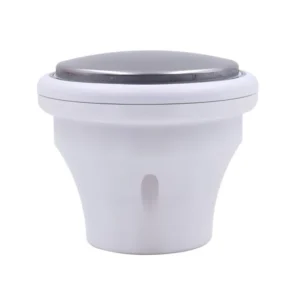Description
CDY-10A ABS Pulse Rainfall Sensor
CDY-10A is an instrument made of parts that collect rain and measure it. The outlet for rain is Φ160mm. The rainfall sensor measures the rain that falls to the ground. Rainwater flows into a receiver and then into a bucket.
When the bucket fills with rainwater, it tips over and spills out. After that, the bucket begins to collect water again.
Each time the bucket tips, it sends a signal to the system. This signal goes through a dry clarinet as a pulse. One pulse equals 0.2 mm of rain.
product details show
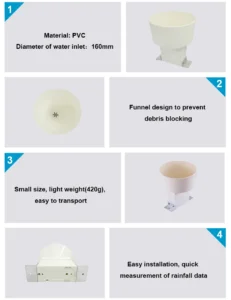
Application
Meteorology and climate research:
◉In a standard weather station, the plastic tipping bucket rain sensor is essential for measuring rain. Place it in a flat, open area. This will help you collect natural rain accurately.
◉When raindrops fall into the sensor’s rain socket, the funnel inside collects them into the hopper. As rain builds up, the hopper will flip when it collects a set amount of water. This amount can be 0.2 mm of rain. Each flip makes an electrical signal.
Hydrology and water resources field:
◉Precipitation is a key factor that affects the water level of rivers and lakes. Install plastic rain sensors in the area around a river or lake to monitor rainfall in real time. Researchers use this rainfall data with river models to predict changes in water levels.
◉Accurate rainfall data is important for managing water resources. Using plastic tip-over rain sensors for a long time helps you learn about rainfall in an area. This information shows the total amount of water available. In water planning, planners can use this data to figure out how much water is available.
Agricultural field:
◉In farming, knowing about rainfall is very important for smart irrigation. Farmers use plastic rain drop sensors in their fields to measure rain in real time. They can use the data from these sensors to decide if they need to irrigate.
◉Agricultural production is at risk from floods and droughts. Farmers can use a plastic tipping bucket rain detector sensor. This tool helps warn them about agricultural disasters.
When too much rain falls, it can cause flooding. This happens when the farmland cannot drain the excess water.
Tipping Bucket Rainfall Sensor News
How does a rain sensor work?
What are the advantages and disadvantages of tipping bucket rain gauge?
What is a Raindrop Sensor?
